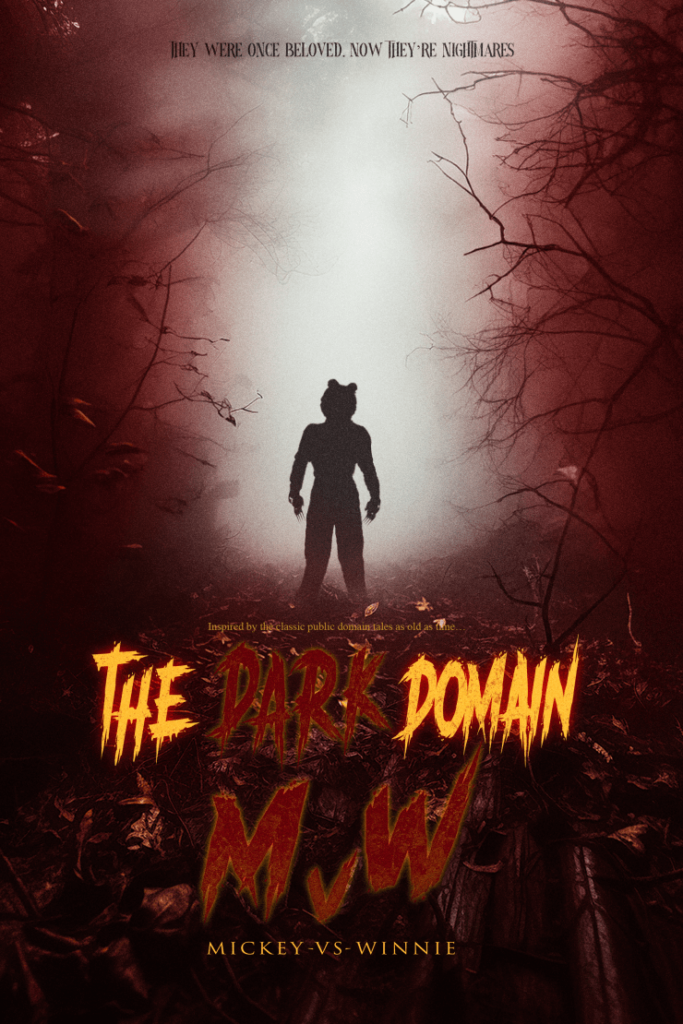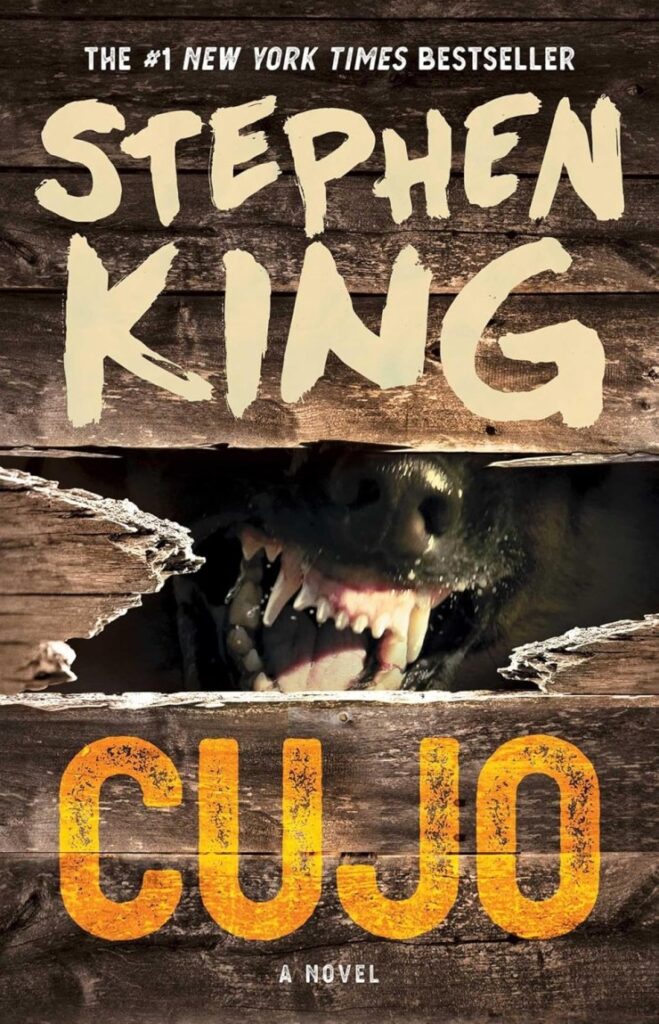WARNING: The following contains mild spoilers for The Texas Chain Saw Massacre and Monster: The Ed Gein Story.
The Texas Chain Saw Massacre is one of those films you have to see for yourself. Still images and mere plot descriptions cannot adequately capture the gritty violence, low-fi horror, and jaw-dropping visuals of this legendary film. Tobe Hooper’s 1974 nightmare follows Sally Hardesty (Marilyn Burns) and her doomed friends as they travel through the Texas countryside. After picking up an awkward Hitchhiker (Edwin Neal), they attract the attention of a dangerous family of murderous cannibals.
With the local slaughterhouse closed and work scarce, the Hitchhiker and his family have been making ends meet by slaughtering unfortunate passersby and selling their meat as barbeque. Set in the midst of the Vietnam War and the 1973 oil crisis, the film is a deft political commentary eviscerating US consumerism.
Despite its roots in the ’70s, The Texas Chain Saw Massacre originated two decades before with the shocking story of Ed Gein. The Wisconsin farmer was arrested in 1957 after the body of Bernice Worden, a local hardware store owner, was found mutilated and hanging in his barn. Explorations of Gein’s remote home revealed caches of preserved body parts, including a belt made from human nipples and a box full of dried vulvas. Also found within the dingy farmhouse were nine masks made from human faces, one recognizably taken from missing taverness Mary Hogan.
Gein became a nationwide boogeyman, even gracing the cover of Life magazine. Images of his disturbing home spread far and wide while the emergence of sick jokes known as “Geiners” filtered their way into everyday life. Eventually diagnosed with schizophrenia, Gein gave frustratingly vague testimony, leaving a hungry public to fill in the grisly details for themselves.

‘Monster: The Ed Gein Story’
The story eventually made its way to a young Tobe Hooper via an uncle who happened to be living in Wisconsin around the time of Gein’s arrest. Fascinated, Hooper would come to see Gein as a sort of American boogeyman, basing the notorious Leatherface (Gunnar Hansen) on elements of “The Butcher of Plainfield” and his gruesome story. The hulking former slaughterhouse worker is a reclusive and unstable man who wears masks made from the faces of his victims. Both men treat female bodies as animal carcasses and live in rundown farmhouses filled with furniture made from human remains.
In addition to Hooper’s infamous film, Gein’s shocking story has inspired other titans of the horror genre. Alfred Hitchcock’s revolutionary Psycho and Jonathan Demme’s award-winning The Silence of the Lambs can both trace elements of their plots back to Gein and his atrocious crimes. The third season of Ryan Murphy’s Netflix series Monster attempts to weave this legacy together in a fantastical recreation of Gein’s disturbing life. Co-creators Ian Brennan and Max Winkler tell the Wisconsin killer’s personal story alongside the development of these iconic films. Dramatized recreations of memorable frames give us a fictionalized peek behind the scenes and into the minds of each director. After all, neither Hitchcock, Hooper, nor Demme intended to tell Gein’s straightforward story, but used elements of his outlandish crimes to amplify their own creative visions.

‘Monster: The Ed Gein Story’
The third episode of Monster: The Ed Gein Story opens with police questioning Ed (Charlie Hunnam) about the disappearance of Mary Hogan (Rondi Reed). The doorbell startles the secretive killer who is currently tidying up while wearing his mother’s dress and a mask made from the flesh of Mary’s face. It’s a fitting introduction to an episode that will lead us to Hooper’s infamous set. Attempting to embrace his paternal instincts, Ed has taken a babysitting job and proceeds to terrorize two young kids. Immediately fired, he will later stalk and kidnap Evelyn Hartley (Addison Rae), the next young woman to fill the position. While the real Ed could never be tied to Hartley’s disappearance, Brennan and Winkler use this ill-fated young woman to loop in Hooper’s most disturbing scene. Berating Evelyn for “stealing” his job, Ed seems to hear voices from another room. Carrying a decaying corpse, he places “Mother” in a chair then drags over a metal bucket. Fans of Hooper’s film will immediately clock this visual reference and squeal with delight as the strangely comedic scene plays out.
Ed hands a heavy mallet to his mother’s corpse and pulls Evelyn’s head over the pail. What follows is a bizarrely terrifying comedy of errors as he tries to guide the corpse through a series of ineffectual blows intended to bash in Evelyn’s head. Surprisingly, the mallet does not land on the dirty floor of Ed’s workshop, but in a disgusting Texas dining room. We cut back and forth between Evelyn’s brutal death and an iconic moment from Hooper’s film. Sally Hardesty (Sabrina Haskett) screams as Leatherface (Brock Powell) and his maniacally laughing family try to enact a similar slaughter. Someone yells, “Cut!” and we watch as the cast relaxes while crew members enter the scene to freshen hair and makeup. A Clapperboard shows that we are filming Leatherface as the opening chords of Ed Bruce’s “When I Die, Just Let Me Go To Texas” begin to play. We have taken this distinctly Wisconsin nightmare and dragged it into the southern heat.
The line between fiction and reality bleeds together as the true elements of Gein’s story fade away. Episode four continues this fantasy as it walks us through Ed’s second confirmed kill. After a fling with the flighty and seductive Bernice Worden (Lesley Manville), Ed shoots his lover in the head then drags her back to his remote farm. Her corpse will later be seen decapitated and dressed out like a deer, hanging from the rafters in Ed’s dirty barn. This gruesome image leads us back to Texas as a young Tobe Hooper (Oliver Spenceman) obsesses over this notorious figure. We watch him hound his uncle Bill at a family dinner for more information about ‘the woman skinner of Wisconsin.’ He’s told that Gein flayed the bodies of his victims with a 1940 Lombard Chainsaw. Of course this is patently ridiculous. Anyone familiar with a chainsaw’s anatomy knows that it would be a terrible tool for skinning a body. As a working farmer, Gein likely owned a chainsaw, but was not known to employ one in his crimes, instead preferring more precise and delicate tools. But a connection forms in the young Tobe’s mind, sparking an idea that would go on to change the world.

‘Monster: The Ed Gein Story’
We reconnect with Hooper (Will Brill) in a crowded mall as he stands in a seemingly endless line next to a display for chainsaws. What follows is a gleefully violent scene in which Hooper chainsaws through anyone in his path. Fountains of blood spray the Christmas decor as “Winter Wonderland” plays over the mall’s tinny speakers. Hooper would cite this troubling memory as the reason for placing a chainsaw in Leatherface’s hands. In a 2015 interview to celebrate the film’s 4K restoration, Hooper told journalist Phil van Tongeren, “I had this real phobia of going shopping and getting into a crowd of people. So I found myself thinking: I have to get out of this store. I was at the hardware department. I was sweating. I wanted to leave. So I look up and see this rack of chainsaws and the thought hits me: if I start up this saw, these people will move and I can walk right out of here. ”
With the puzzle pieces now in place, Brennan and Winkler shift to construction of the film itself. Bombarded with images of the Vietnam War and egregious addresses from lying politicians, Hooper longs to shock the world by reflecting back their own depraved callousness. While insightful, this depiction of the famed director is not particularly kind. Brill’s Hooper laments the lack of nudity in Hitchcock’s Psycho, claiming to be “bored” by the story’s family drama. Also troubling is Powell’s Leatherface describing Gein in dated and homophobic terms. Despite these clunky characterizations, Brennan and Winkler use a cinematic version of the film’s creation to peek into the mind of its notorious killer.
Viewing the Leatherface mask for the first time, we watch as Hooper applies more lipstick to the garish face while musing on its place in the narrative. Leatherface will don three masks throughout the film. We first meet the murderous giant wearing the face of a blue-collar butcher as he swiftly kills Kirk (William Vail) then pulls him back into a hellish red corridor. Later he will drag a screaming Pam (Teri McMinn) into a makeshift slaughterhouse and hang her from a meat hook. Terrified and dying, she watches as this monstrous man uses a whirring chainsaw to systematically dismember Kirk’s body. The second persona is a matron who prepares the meat while the third is a businessman dressed to sit at the family table. Brennan’s script describes this final look as the “fancy lady,” connecting Leatherface to Gein’s practice of wearing similar masks. Though vague about his reasoning, the real Gein probably donned these items to embody with the spirit of his deceased mother.

‘Monster: The Ed Gein Story’
In addition to the failed dining room slaughter, Brennan and Winkler also recreate one of the films’ most terrifying moments. As Sally wheels her invalid brother through bushy terrain, Leatherface appears and gouges Franklin with the chainsaw’s gnashing teeth. A gorgeous nighttime chase ensues as Sally’s hair catches on the surrounding brambles while Leatherface follows close behind, loudly waving his signature blade. After a hellish family dinner scene in a room filled with decaying body parts, Sally finally manages to escape and jumps into the back of a passing truck, laughing hysterically as she’s whisked away. Leatherface waves his chainsaw in outrage and frustration, appearing to dance in the morning sun.
Hooper recreates this strangely cathartic moment while tying in another of Gein’s suspected crimes. While no male remains were ever found on the Wisconsin farm, Gein was a suspect in the disappearance of Victor Harold Travis and Raymond Burgess. Brennan and Winkler show two lost hunters wandering into Ed’s barn and spying Bernice’s bloody corpse. Ed chases them out into the night, only pausing to don a Leatherface-style mask before using the chainsaw to cut them down. Brennan and Winkler repeat this moment in the season’s strangely poignant finale as Ed frightens modern teens vandalizing his grave.
Despite his death in 1984, the monsters Gein inspired continue to terrify new generations of horror fans. Though nominally disparate, Gein and Leatherface will be forever connected by the gruesome and nihilistic nature of their crimes and their bleak reflection of American culture. Brill’s Hooper sums up his notorious film in a surprisingly prescient rant. Describing The Texas Chain Saw Massacre and its place in US history, he says, “I’m not making the movie this country wants. I’m making the movie this country deserves.“

‘Monster: The Ed Gein Story’
The post Why ‘Monster: The Ed Gein Story’ Recreates the Filming of ‘The Texas Chain Saw Massacre’ appeared first on Bloody Disgusting!.


